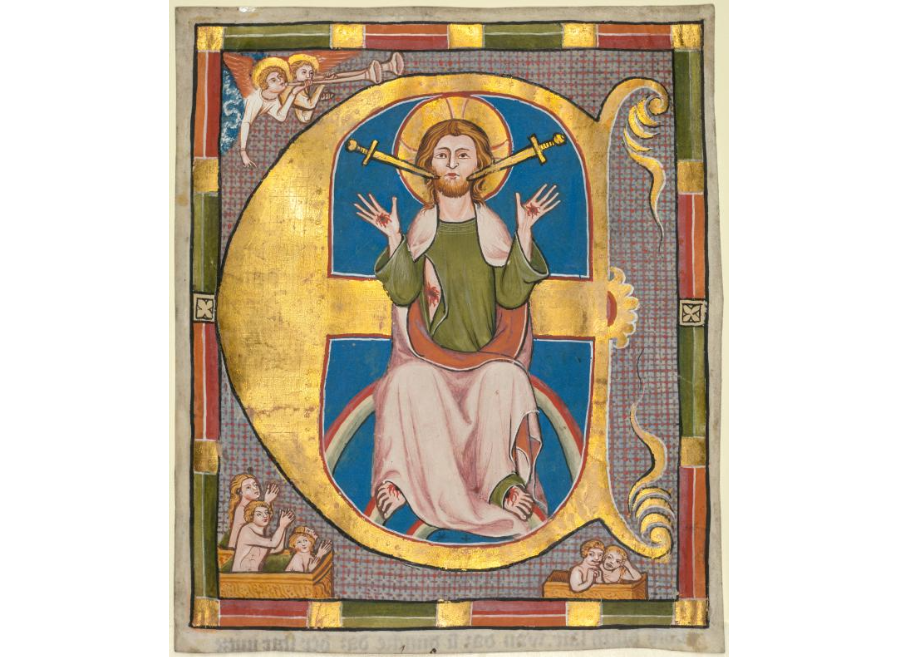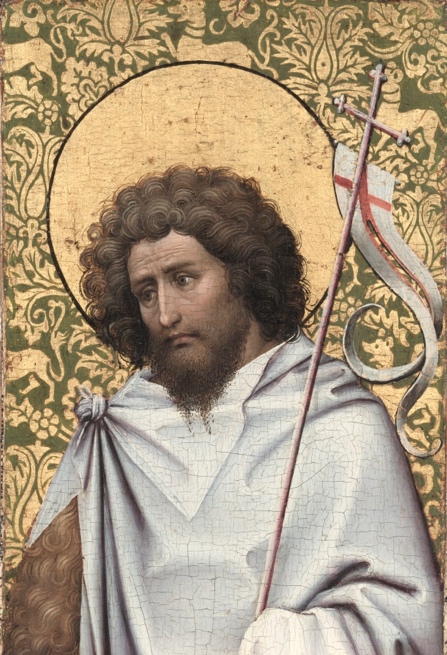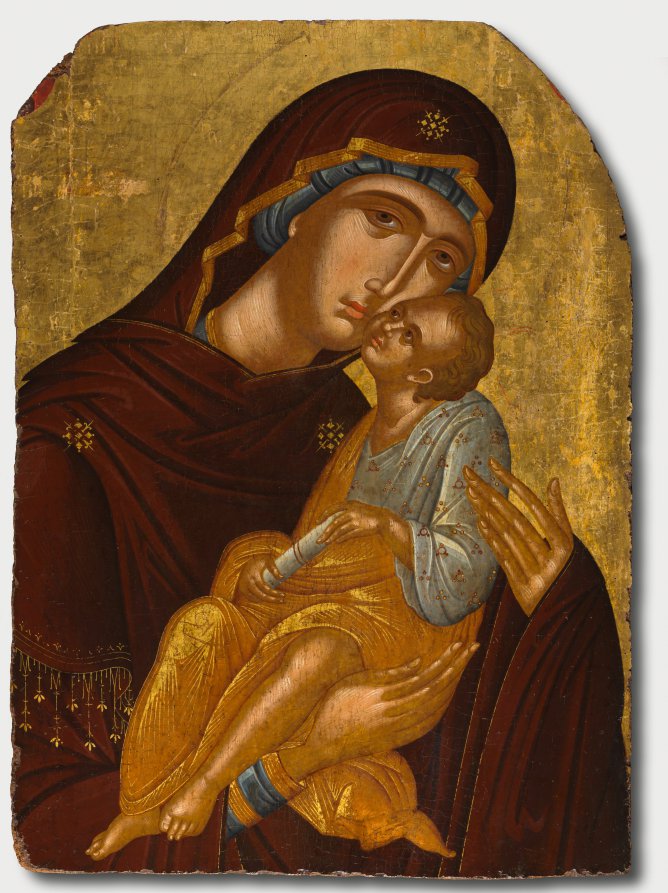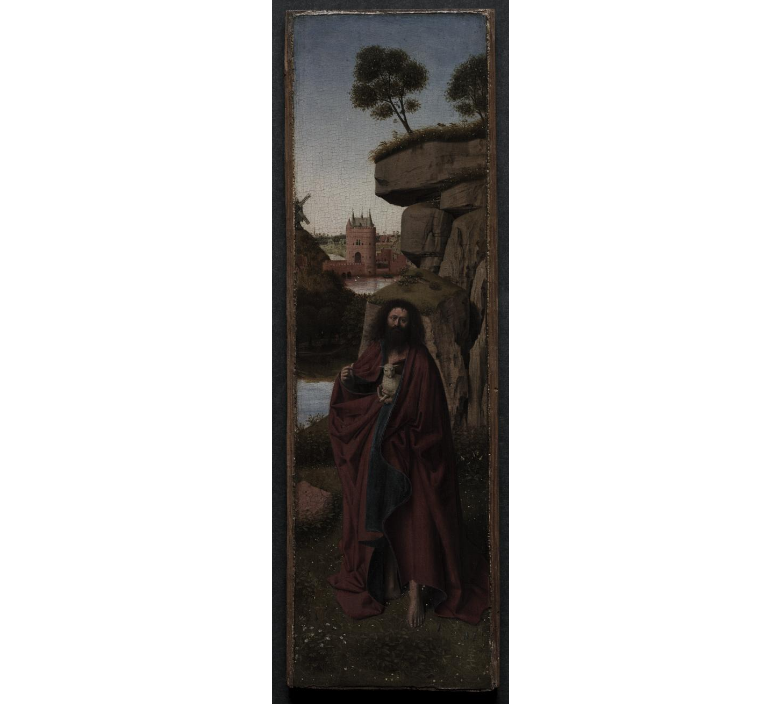Initial E from a Municipal Law Book

This painting aims to educate Christians about the final judgment, keeping them mindful of their actions on the Earth. The image’s relevance originates from its element of conveying a visual message of justice, punishment, and accountability, as well as demonstrating the relationship between secular and religious themes during the Middle Ages. It is crucial to note in this artwork that the three hues of the rainbow symbolize the Trinity: the Father, the Son (Jesus Christ), and the Holy Spirit. Additionally, the first E serves as a frame for the image of Christ, depicted here as the world’s judge, with swords of justice coming out of his mouth. Above are two angels from the celestial realm to announce humanity’s final judgment, while below are the dead rising from their graves. The clothing of Jesus in this image is crucial to understanding the historical background of this painting. It reveals the artistic value of Berlinghiero’s work in the field of painting.
John the Baptist

This label seeks to inform the viewers of the tribulations that Christians go through on the path of Christ and the benefits derived from enduring these tribulations. The image derives its significance by depicting John the Baptist wearing a hair shirt under a white cloth, which is often associated with the newly baptized Christians. This indicates that after the suffering that Christians endure when they take the path of Christ, their troubles will be washed away by Christ himself, as depicted by John’s clean white cloth in this artwork. The image’s relevance is drawn from the flag bearing a red cross, which visualizes resurrection. Additionally, the background of this work features a lavish gold patterned silk, which symbolizes the ancient tradition of using the finest object in the worship of God. The gold patterned silk and the clothing that Robert used in this painting are what give insights into the historical context of this painting. It shows its artistic value and reflects the creativity of the period.
Icon of the Mother of God and Infant Christ

Akotantos created this artwork to be used within the Orthodox Church to inspire Christians’ optimism. It is critical to understand that he uses this classic image to represent Christ’s incarnation, suffering, and death for the sake of humanity. The three decorative stars on the Virgin’s garment are traditional symbols of her purity; a blue cap covers her hair and protects her modesty. The child is dressed in a pale green tunic and a deep orange cloak with gold accents. The Christ child holds a scroll tied with a ribbon, representing the Gospels. The dressing style and the use of gold accents that dominate the painting are crucial to understanding the artistic significance of the painting. It indicates an old historical context of medieval times.
Saint John the Baptist in a Landscape

The artwork intends to educate people on the sacrifices made in order to follow Christ’s way. Christus displays John the Baptist as an isolated, massive figure in this picture, with his back to earthly objects like the blacksmith’s gate. This reveals that whenever a person decides to follow the teachings of Christ, then they must abandon the earthly things and carry the cross. As a result, it is critical to understand that John’s depiction of Christ bearing the Lamb of God is a sign of Christ’s sacrifice as well as a reference to John’s declaration of Christ’s salvation of people. The saint’s face structure, as well as the artist’s treatment of his garment, are manifestations of the work’s artistic value.